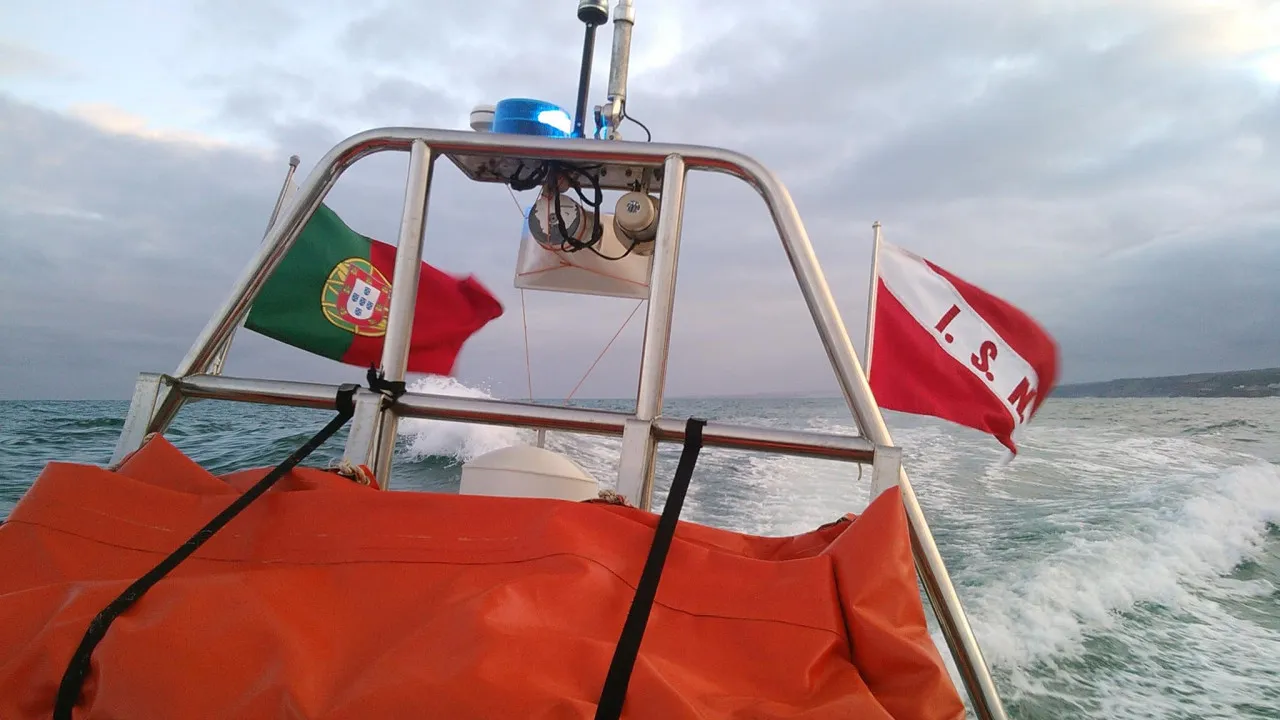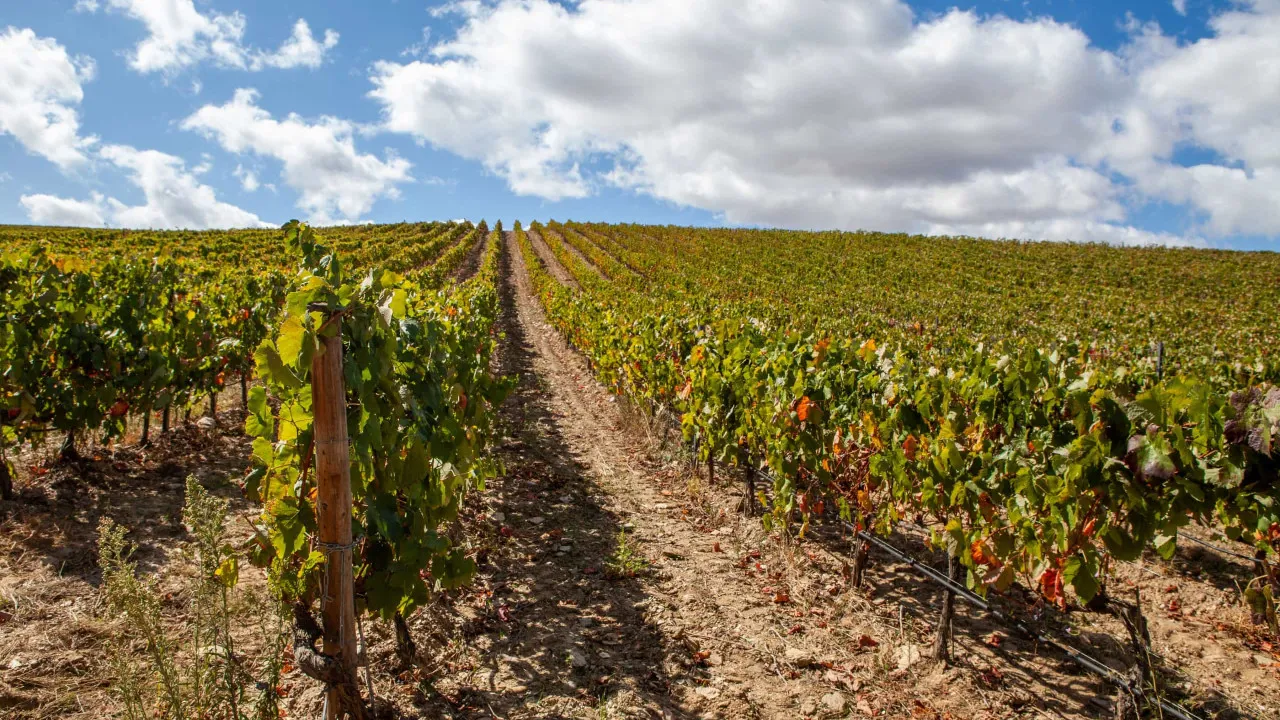
A new report titled ‘EU Drug Markets: MDMA – an In-Depth Analysis’ by the European Union Drugs Agency (EUDA) and Europol reveals that at least 95 non-EU countries reported MDMA seizures originating from the EU between 2019 and 2022. The EU remains the world’s primary export region for ‘ecstasy’.
Portugal ranks in the top 10 EU countries exporting MDMA, with 90.2 kilos seized. The list is topped by the Netherlands with 2,845.9 kilos, followed by Germany with 1,439.6 kilos, and Bulgaria with 1,349.2 kilos.
The report highlights that while the Netherlands and Belgium continue to dominate synthetic drug production, there’s a geographical diversification within the EU. Between 2019 and 2022, manufacturing sites were dismantled in Spain, France, Poland, and Sweden. No such facilities were discovered in Portugal during this period.
The analysis, incorporating data from various studies and international organizations, suggests that cocaine trafficking routes from Latin America to Europe might be used in reverse for smuggling MDMA from the EU to Latin America, where demand for synthetic drugs has grown in recent years.
The EUDA and Europol also indicate “limited evidence” of direct swaps between MDMA and cocaine.
The report notes that “criminal groups specializing in these exchanges appear to be leading these activities. However, it was reported that other large Brazilian organized crime groups, such as the PCC [First Capital Command] and the PGC [First Catarinense Group], have also been involved,” referencing a 2021 study.
Another recent document released by the EUDA notes that last year, drug detections in European wastewater suggested increased consumption of cocaine, amphetamines, and particularly MDMA/’ecstasy’, with Lisbon highlighted among Portuguese cities.
For further details:




